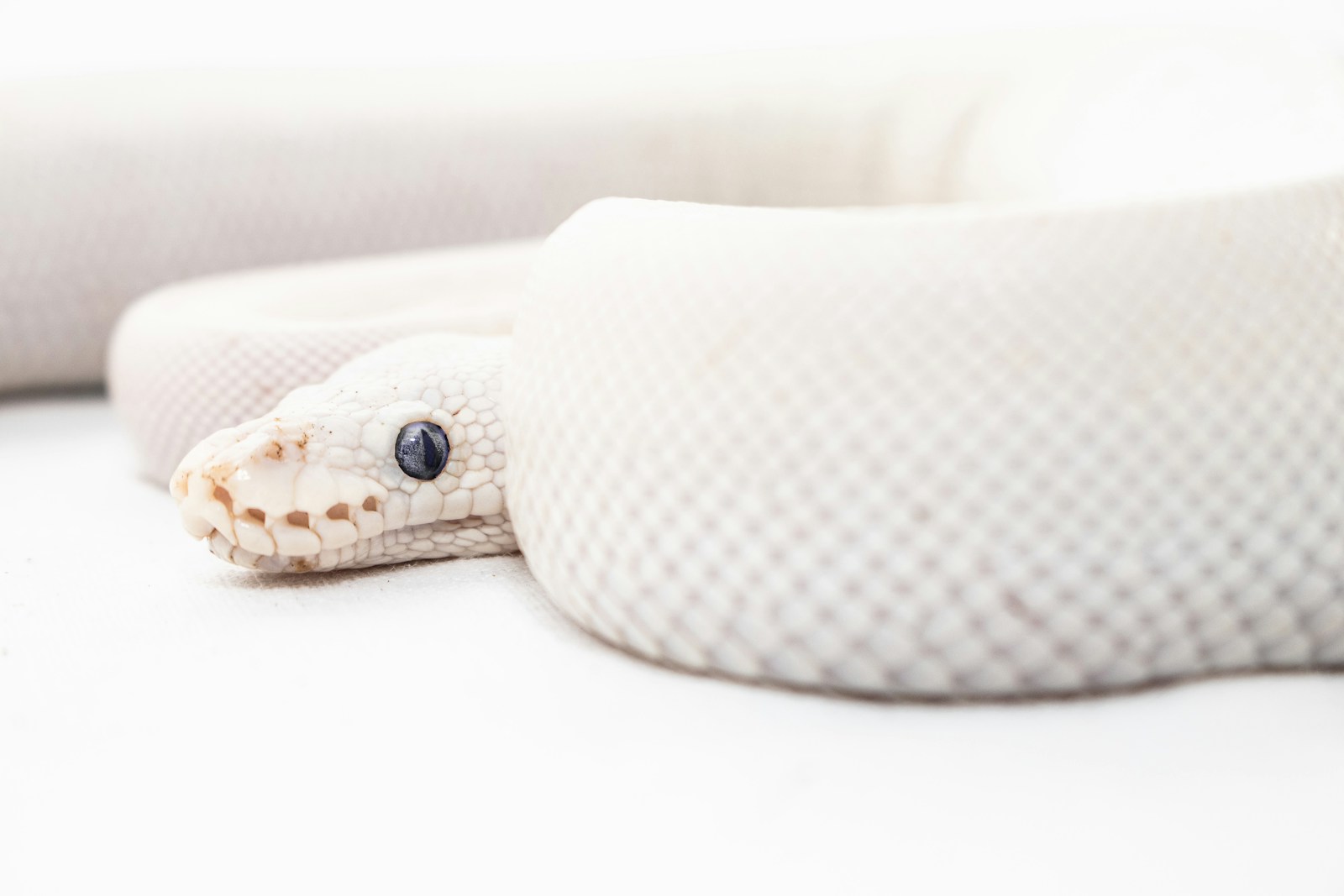In the diverse world of reptiles, few creatures capture our imagination quite like albino snakes. These remarkable animals, born without the pigmentation that gives their counterparts their characteristic colors, emerge into the world as stunning white specimens that seem almost otherworldly. Albinism in snakes represents one of nature’s most striking genetic variations, creating specimens that stand out dramatically from their normally-colored relatives. As we explore the fascinating realm of these ghostly serpents, we’ll discover the genetic mechanisms behind their unique appearance, examine the challenges they face in the wild, and learn about the special considerations they require in captivity. These pale phantoms of the reptile world offer a compelling window into the genetic diversity that exists across snake species and provide important insights about adaptation, survival, and human fascination with rare natural phenomena.
The Genetics Behind Albinism in Snakes
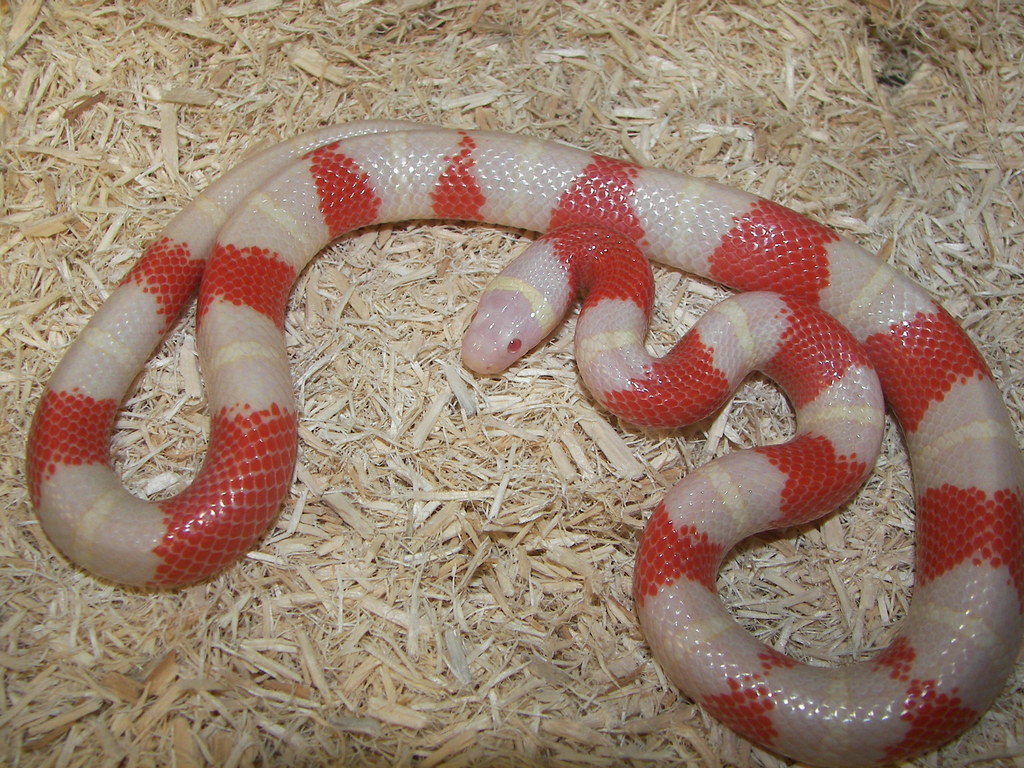
Albinism in snakes results from a recessive genetic mutation that affects the production of melanin, the primary pigment responsible for skin, scale, and eye color. For a snake to exhibit albinism, it must inherit two copies of the recessive gene—one from each parent—making true albinos relatively rare in wild populations. This genetic condition specifically impacts the tyrosinase enzyme, which plays a crucial role in melanin production during development. Without functional tyrosinase, snakes cannot produce the dark pigments that would normally color their scales, resulting in the characteristic white or yellowish appearance with red or pink eyes. The lack of melanin allows blood vessels to show through the iris, creating the distinctive ruby-red eye color that is characteristic of true albino animals.
Different Types of Albinism in Snakes
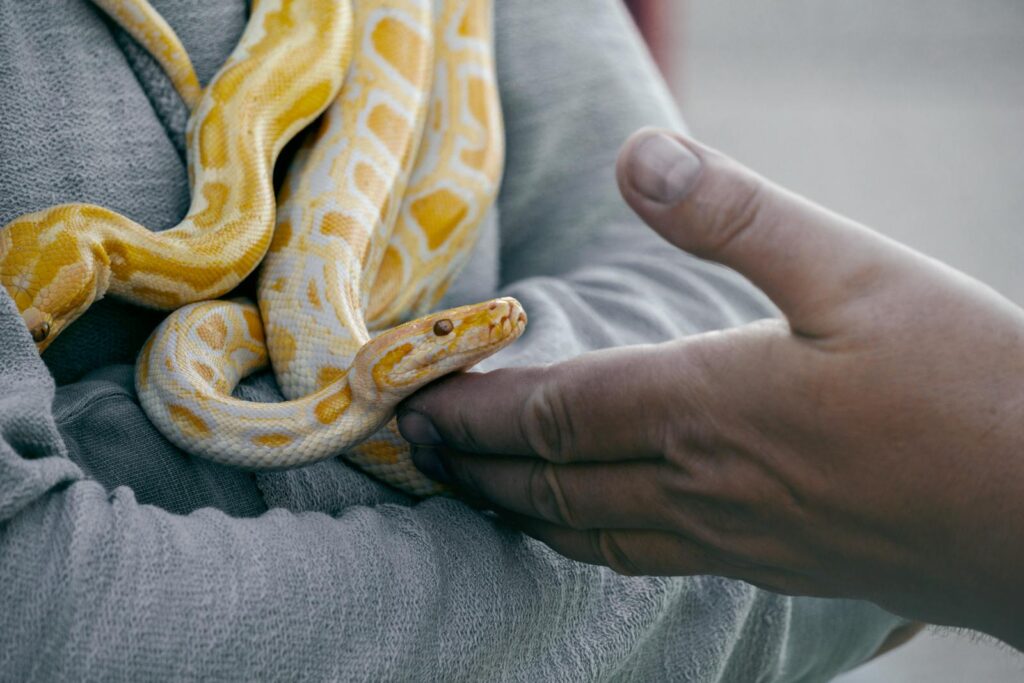
Not all white snakes exhibit the same type of albinism, as several different genetic mutations can create similar-looking but genetically distinct conditions. True albinism (tyrosinase-negative albinism) results in snakes with white or yellowish bodies and pink or red eyes. Leucism, often confused with albinism, causes partial loss of pigmentation but typically spares the eyes, resulting in white snakes with normally colored eyes. T+ albinism (tyrosinase-positive albinism) allows some melanin production, creating snakes with cream-colored bodies and blue eyes instead of the characteristic red. Amelanism specifically affects only the production of black or brown melanin pigments while leaving other pigments intact, meaning some patterning may still be visible in yellow, red, or orange hues. Each of these conditions creates stunningly beautiful animals with distinct genetic backgrounds and slightly different appearances.
Albino Ball Pythons: The Crown Jewels of the Reptile World
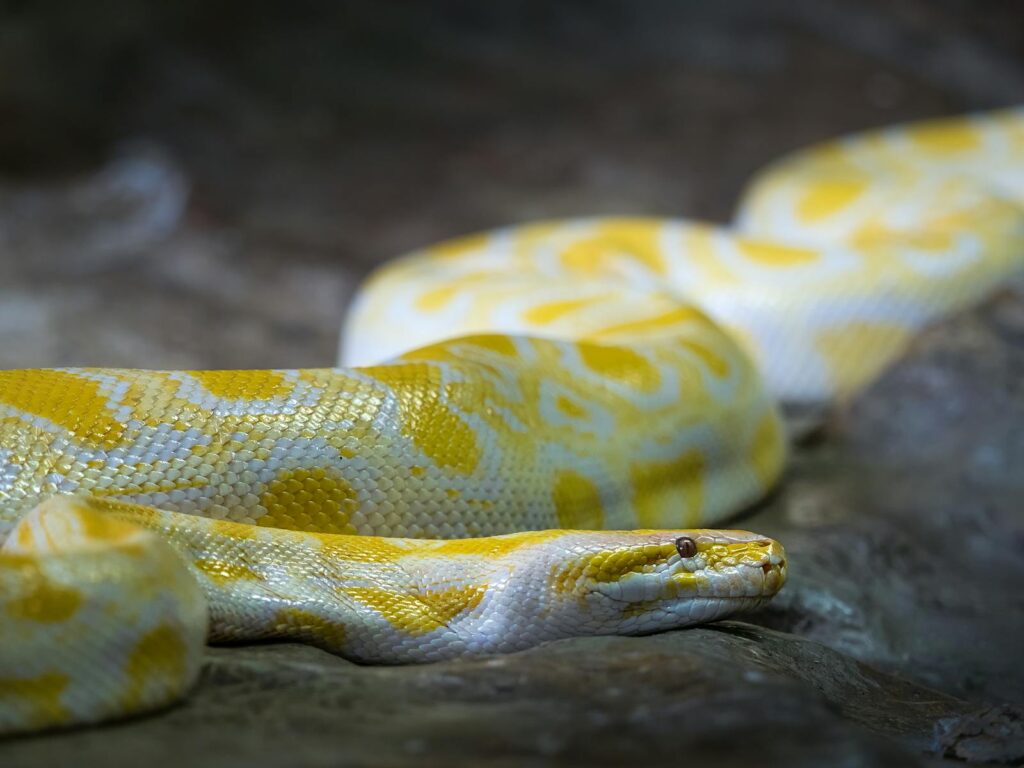
Among the most coveted albino snakes in the reptile-keeping community are albino ball pythons, which display a breathtaking cream or yellow base color with patterns in soft orange, pink, or yellow hues. First discovered in the wild in Ghana in 1992, this single albino specimen revolutionized the reptile breeding industry when it was imported to the United States and successfully bred. Today’s albino ball pythons descend from this founding snake, known as “Albino 1,” whose genetics have been worth millions of dollars in the specialized breeding market. These snakes have become highly prized in the pet trade, with prices ranging from several hundred to several thousand dollars depending on the specific genetic combinations and patterns. Their docile temperament, manageable size, and striking appearance make them particularly popular among reptile enthusiasts looking for an unusual display animal.
The Striking Albino Corn Snake
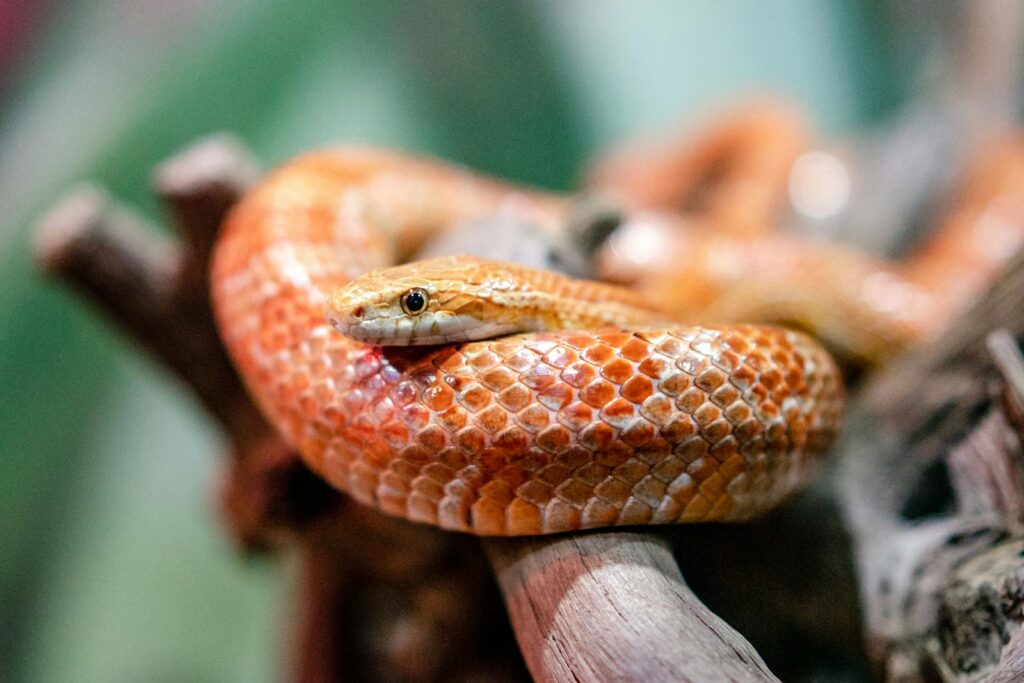
Albino corn snakes rank among the most accessible and popular albino reptiles for beginning snake keepers, displaying vibrant patterns of orange and red against a white or cream background. These snakes retain the distinctive saddle patterns of normal corn snakes, but without the black or brown melanin, resulting in a candy-corn appearance that many enthusiasts find irresistible. Their relatively small size (typically 3-5 feet when fully grown), easy care requirements, and generally docile disposition make them ideal candidates for those new to keeping reptiles. Albino corn snakes first gained popularity in the 1960s when early specimens were captured in the wild, but today they are almost exclusively bred in captivity. Multiple genetic variations of albinism exist within corn snake breeding programs, including snow corn snakes (albino amelanistic) and candy cane corn snakes (selective breeding for reduced red pigmentation).
Albino Western Diamondback Rattlesnakes: Beauty with Danger
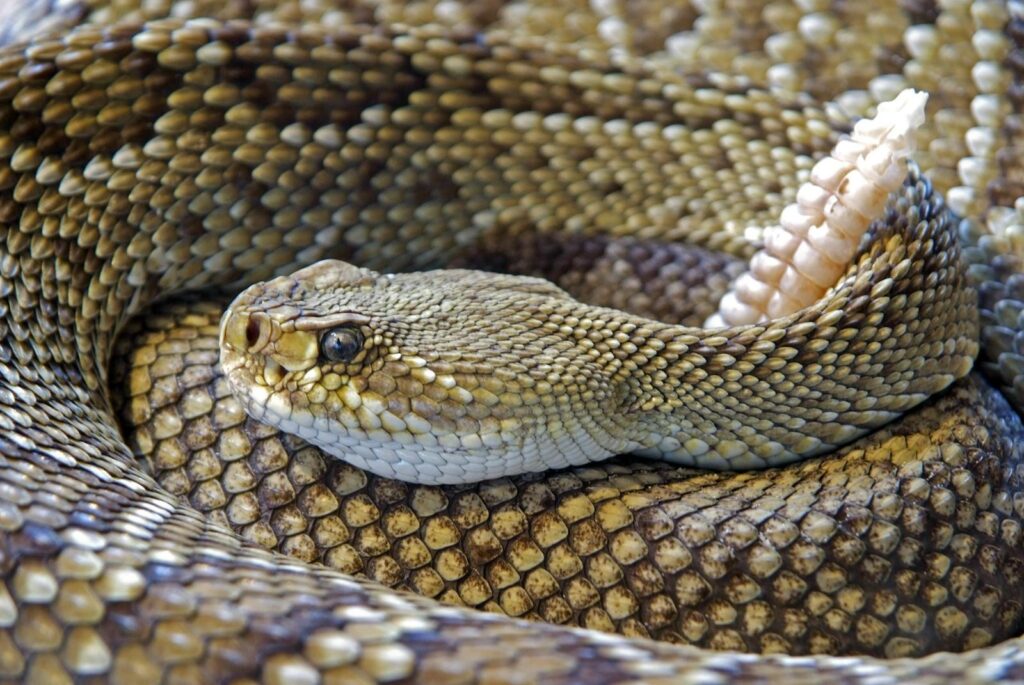
While most popular albino snakes in the pet trade are non-venomous species, albinism occurs in venomous snakes as well, creating specimens of striking beauty and equal danger. The albino western diamondback rattlesnake displays ghost-like white and pale yellow coloration where its cousins would show brown and tan, making for a paradoxical combination of deadly capability and ethereal appearance. These rare specimens retain all the dangerous venom and defensive behaviors of normal western diamondbacks, making them suitable only for the most experienced venomous snake handlers with proper permits and safety protocols. The diamond pattern that gives these rattlesnakes their name remains visible in albino specimens but appears in soft cream and yellow tones rather than the typical browns and grays. When encountered in the wild, these snakes face significant survival challenges due to their high visibility to predators and inability to properly thermoregulate.
Survival Challenges for Albino Snakes in the Wild
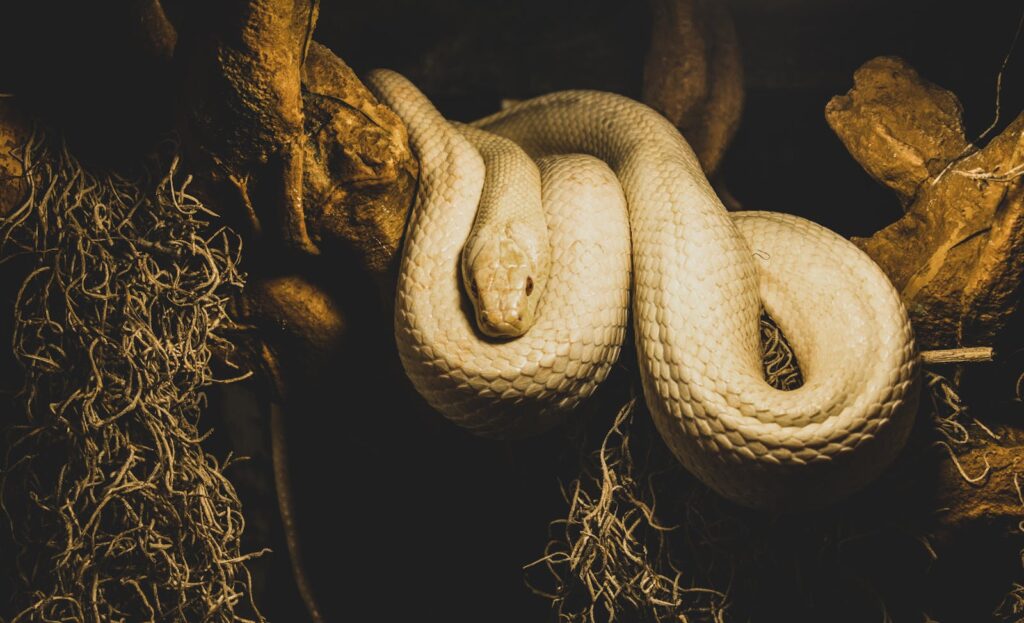
Albino snakes face numerous obstacles to survival in their natural habitats, which explains their extreme rarity in wild populations. Their lack of protective coloration makes them highly visible to predators, removing the camouflage advantage that normal-colored snakes rely on for both hunting and hiding. Albino snakes also commonly suffer from vision problems related to their eye abnormalities, including photosensitivity that makes hunting in daylight difficult and potentially painful. Their inability to absorb UV radiation efficiently can lead to difficulties with thermoregulation and vitamin D synthesis, creating metabolic challenges that normal snakes don’t face. These combined disadvantages mean that very few albino snakes survive to reproductive age in the wild, with most falling victim to predators at a young age—a stark reminder of the critical role that appropriate coloration plays in snake survival strategies.
Special Care Requirements for Captive Albino Snakes
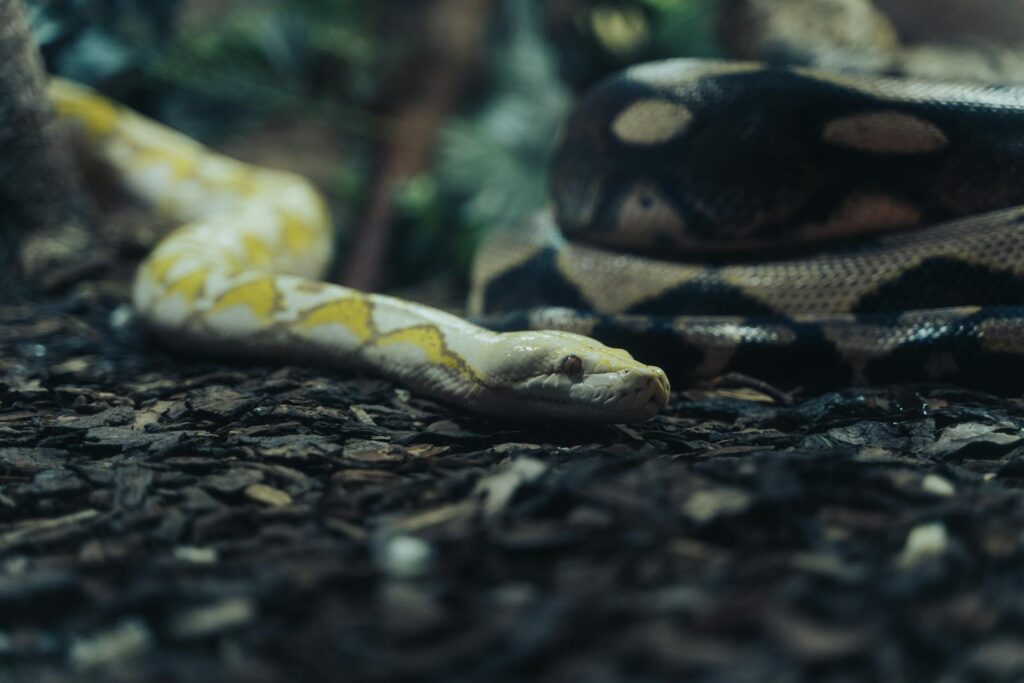
Keeping albino snakes in captivity requires special considerations beyond those needed for normally pigmented specimens of the same species. Their sensitive eyes often necessitate dimmer lighting conditions in their enclosures, with particular attention to providing adequate hiding spots where they can escape from light when desired. UV exposure must be carefully managed since albino snakes can be more prone to skin damage from excessive UV radiation, yet still require some exposure for vitamin D synthesis and proper calcium metabolism. Owners must be vigilant about potential health issues, as some albino snake lines may have a higher predisposition to certain genetic health problems, including neurological issues in certain ball python morphs. Temperature gradients within enclosures must be maintained with precision, as albino snakes may have more difficulty thermoregulating effectively than their pigmented counterparts.
Famous Albino Snakes in Captivity
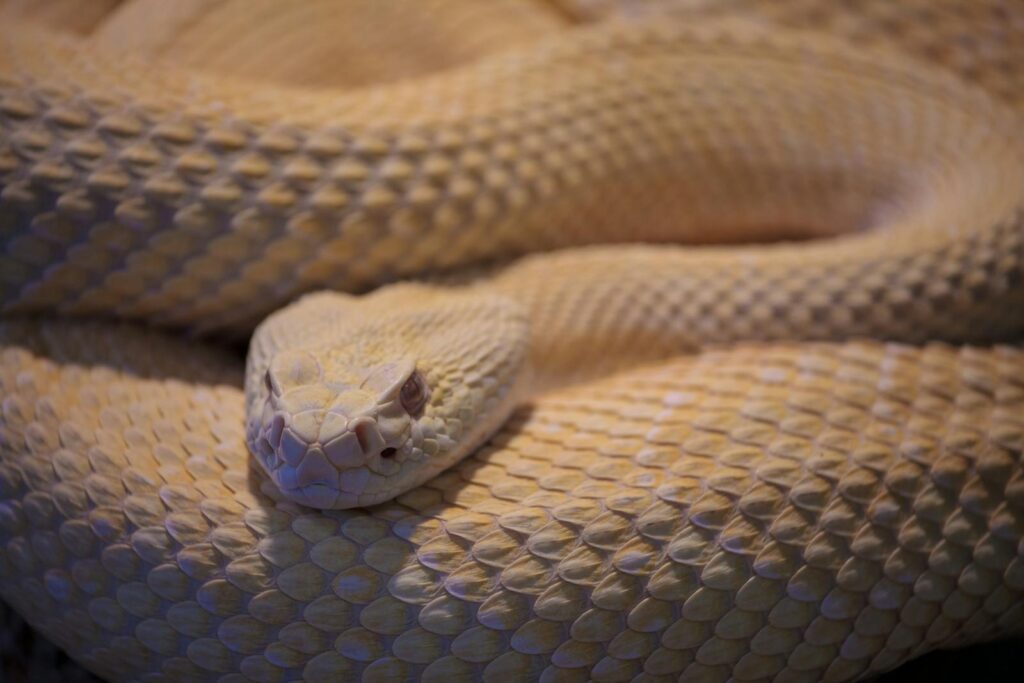
Several remarkable albino snakes have gained celebrity status in the reptile world, leaving lasting legacies through their genetics and public impact. Perhaps none is more famous than “Banana Split,” an albino Burmese python that resided at the San Diego Zoo for over two decades, growing to more than 15 feet long and serving as an ambassador for snake conservation and education. The previously mentioned “Albino 1,” the original wild-caught albino ball python, revolutionized the reptile breeding industry and established a genetic line worth millions of dollars. In Australia, “Pearl” the albino Darwin carpet python became a conservation icon at the Alice Springs Reptile Centre, helping to change public perception about these often-feared animals. These famous specimens have not only contributed to captive breeding programs but have also played important roles in public education about reptile diversity and conservation.
The Ethics of Breeding Albino Snakes
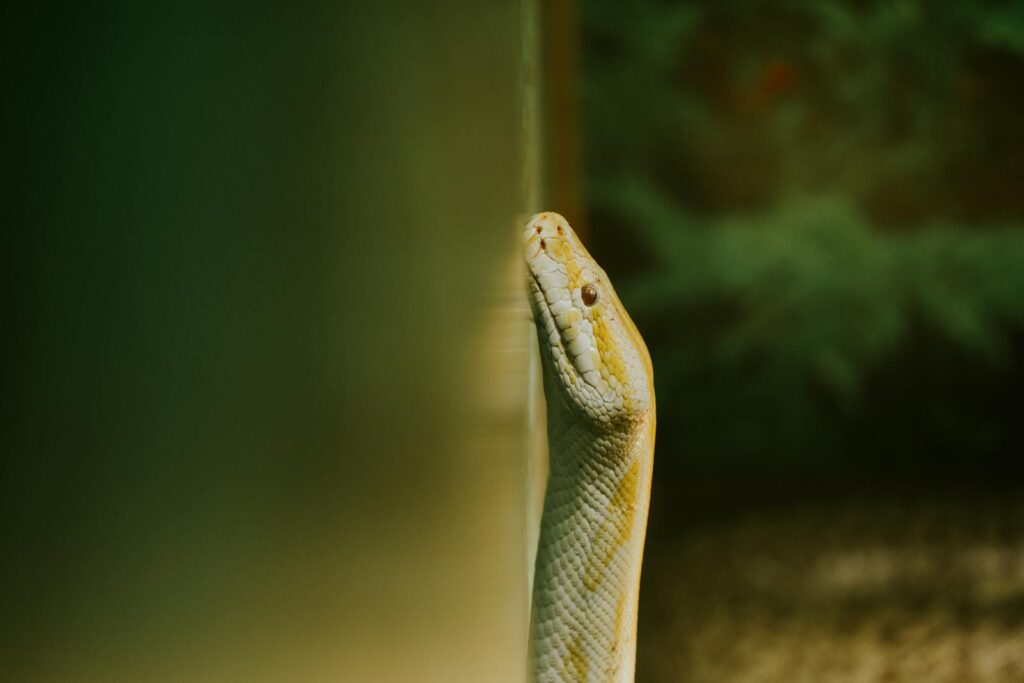
The intentional breeding of albino snakes raises important ethical questions about responsible reptile husbandry and genetic manipulation. Critics argue that deliberately propagating a genetic condition that would be disadvantageous in the wild may constitute prioritizing unusual aesthetics over the animals’ wellbeing. Some genetic combinations that produce striking visual traits can also carry health implications, such as the “spider” ball python morph which is often bred with albinism but can exhibit neurological issues including balance problems and disorientation. Responsible breeders emphasize the importance of maintaining genetic diversity within captive populations and avoiding breeding practices that might compromise animal health for the sake of unusual appearances. The reptile community continues to debate where the line should be drawn between celebrating natural genetic diversity and creating animals that might suffer health consequences as a result of their designer genetics.
Albino Snakes in Cultural Significance and Mythology
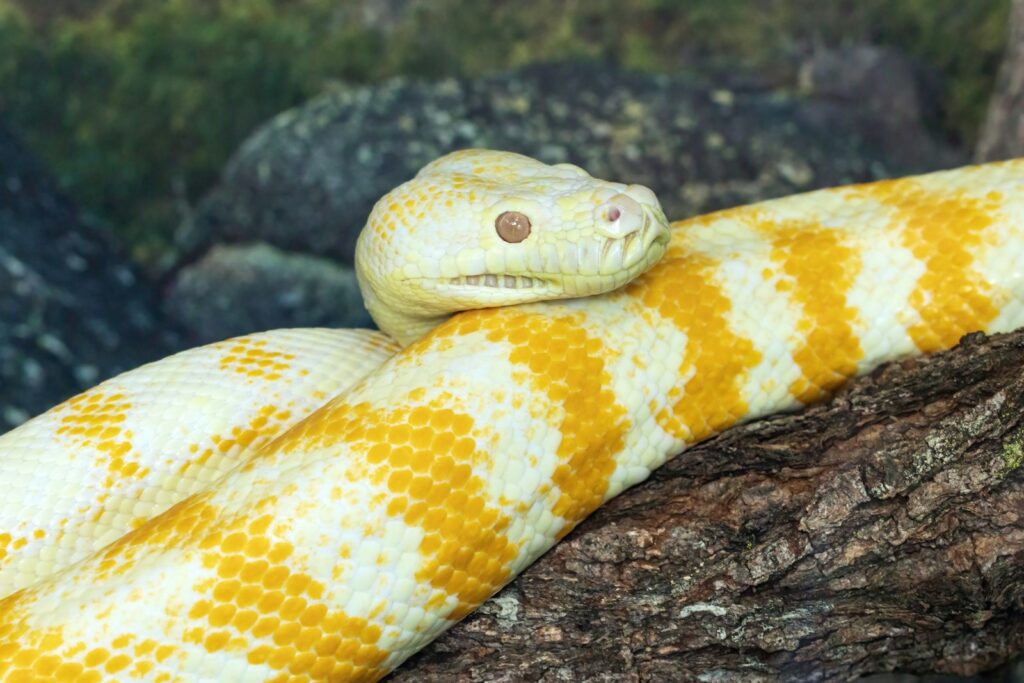
White and albino snakes hold special significance in many cultures around the world, often being viewed as either divine or ominous omens. In Chinese mythology, the white snake is a powerful symbol of good luck and prosperity, featured prominently in the famous Legend of the White Snake, where a white snake spirit transforms into a woman and falls in love with a human. Native American traditions in some regions view the rare white snake as a powerful medicine animal, believed to bring wisdom and spiritual protection to those who encounter it. In contrast, some European folklore considers white snakes harbingers of death or supernatural messengers, reflecting the human tendency to assign special meaning to rare natural phenomena. These cultural interpretations reflect our complex relationship with snakes in general, but particularly with those that exhibit unusual color morphs that stand out from the typical specimens.
The Premium Price of Albino Snakes in the Pet Trade
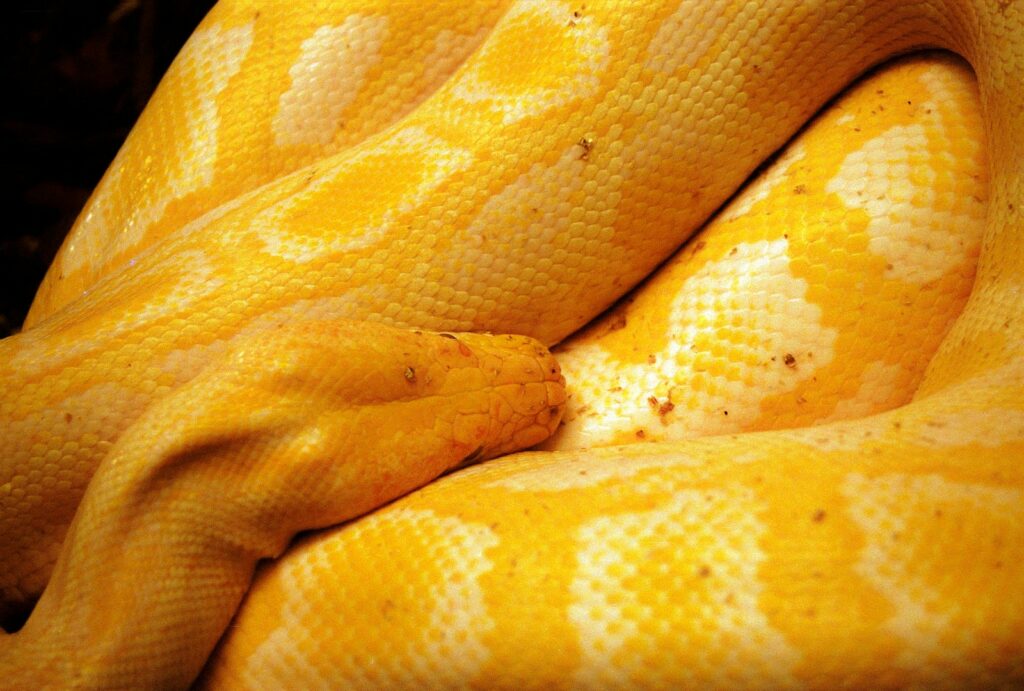
The rarity and visual appeal of albino snakes have created a premium market segment within the reptile trade, with prices that can be staggering for exceptional specimens. When first introduced to the market, albino specimens of newly discovered species or morphs can command prices in the tens of thousands of dollars, though these typically decrease as successful breeding makes the animals more widely available. Complex combinations of albinism with other genetic traits—such as “sunset” albino ball pythons or “snowcorn” albino corn snakes—maintain higher price points due to the multiple recessive genes required to produce them. The high initial investment required to acquire breeding-quality albino snakes has led to the development of sophisticated breeding operations focused on producing these animals, some running as multi-million dollar businesses. This premium market has both positive and negative implications: it incentivizes excellent care for valuable breeding stock but can also lead to concerning breeding practices focused solely on profit maximization.
Conservation Implications for Albino Snake Populations

The relationship between albino snake breeding in captivity and wild snake conservation presents a complex picture with both potential benefits and drawbacks. On one hand, the popularity of albino morphs in captivity may reduce pressure on wild populations by satisfying the demand for exotic pets through captive breeding rather than wild collection. Some conservation programs have strategically used attractive albino specimens as ambassadors to raise awareness and funding for broader snake conservation initiatives that benefit entire species. However, concerns exist that the high market value of albino snakes might incentivize illegal collection of any wild albino specimens that are discovered, potentially removing these rare genetic variations from wild gene pools. Conservation biologists emphasize the importance of maintaining comprehensive genetic diversity both in the wild and in assurance colonies of threatened snake species, including but not limited to color variations like albinism.
The Future of Albino Snake Research and Breeding
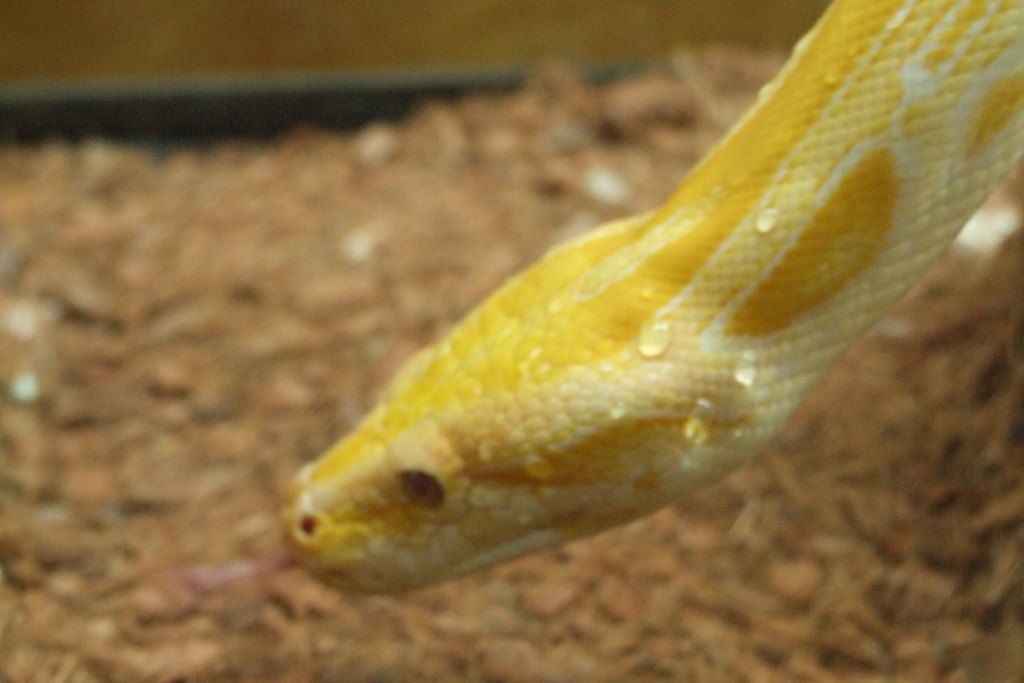
Advancements in genetic technology and breeding techniques promise to further transform our understanding and development of albino snake morphs in the coming decades. CRISPR gene editing technology, while still primarily used in laboratory animals, may eventually allow for more precise understanding and potentially manipulation of the genetic factors controlling pigmentation in reptiles. Sophisticated genetic testing is already enabling breeders to identify heterozygous carriers of albinism genes, allowing more strategic breeding programs without producing “test litters” to determine genetic makeup. Scientists are increasingly interested in studying albino snakes to better understand the complex relationship between genetics and development, potentially yielding insights relevant to human albinism conditions. As our capabilities advance, the ethical conversations surrounding genetic manipulation in captive reptiles will likely intensify, raising important questions about the boundaries between appreciation for natural genetic diversity and problematic intervention in animal development for purely aesthetic purposes.
Conclusion
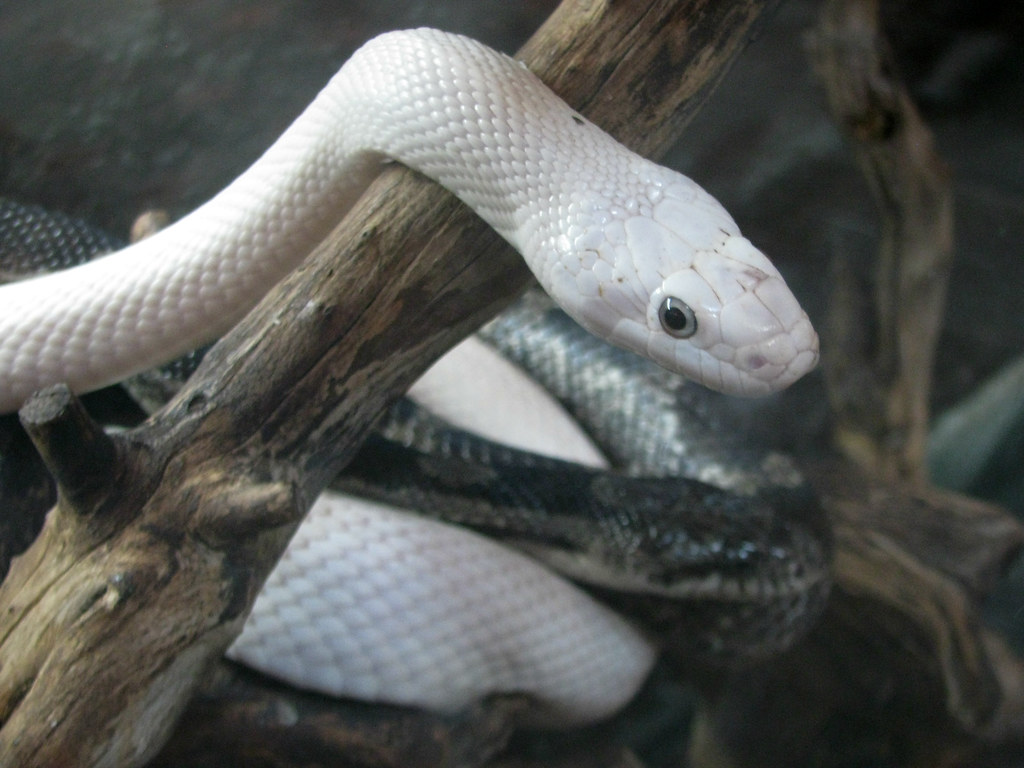
Albino snakes represent a fascinating intersection of genetics, aesthetics, and human fascination with the unusual. These ghostly serpents, with their striking appearance and unique care requirements, continue to captivate both scientists and enthusiasts alike. While they face nearly insurmountable challenges in wild environments, they have found a sustainable niche in captivity where their unusual beauty can be appreciated and preserved. As we continue to learn more about the genetic mechanisms behind albinism and other color mutations in snakes, we gain valuable insights not just about these specific animals, but about the broader principles of genetics, adaptation, and evolution. Whether viewed as valuable specimens in a collection, educational ambassadors, or simply as unique pets, albino snakes have secured their place in both scientific research and human fascination with the natural world’s endless capacity for variation.

